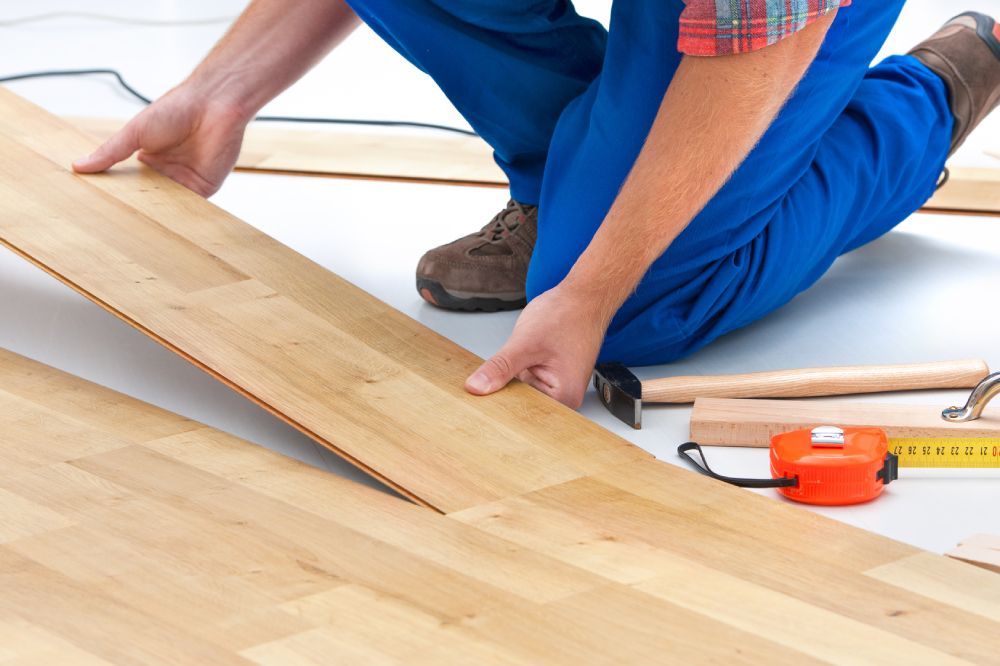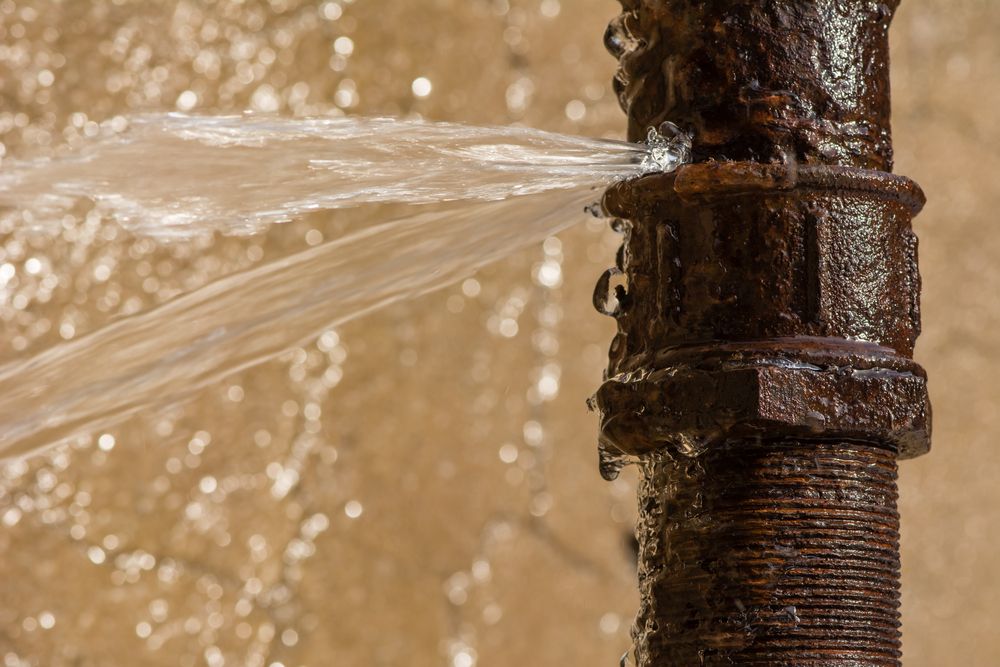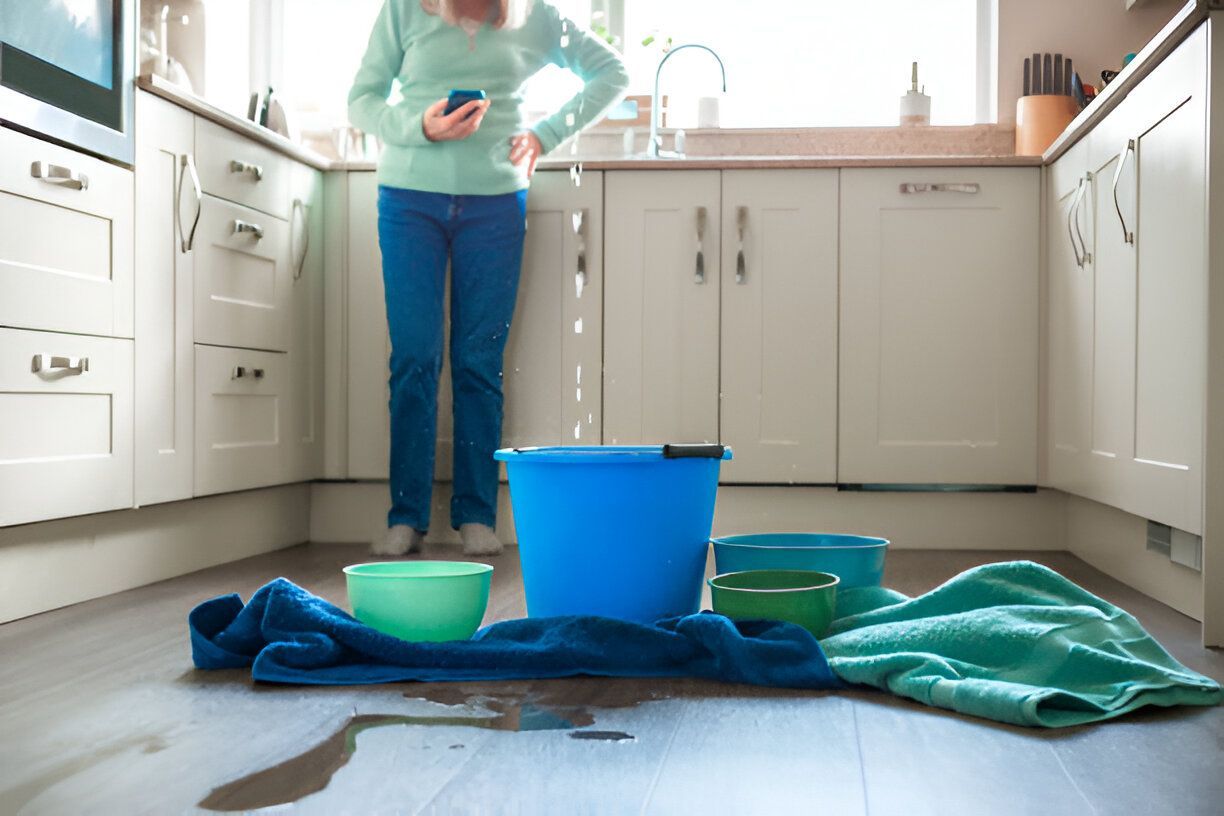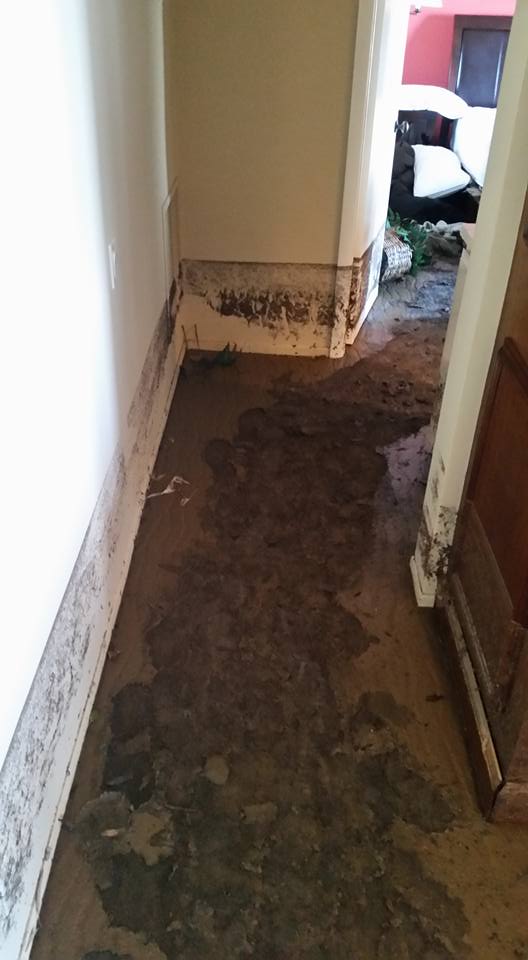How to Make an Insurance Claim for Water Damage
This is a subtitle for your new post
Water damage is certainly one of the most common and expensive hazards experienced by San Diego County homeowners. The Insurance Information Institute states that almost 1 in 60 insured homes will make a water claim each year, accounting for over 30% of all claims. San Diego County has a major water damage problem due to cold winters, flash floods, and old plumbing systems.
Homeowners in San Diego County should understand the process of making a water damage insurance claim, since inappropriate delays and improper filings could cause denial or higher out-of-pocket payments.
This blog covers the causes and effects of water damage, the role of insurance, and the process of filing a claim, as explained by water damage restoration experts in San Diego County.
Why San Diego County Homes Are at Risk: Uncovering the Top Water Damage Sources
Water damage refers to the loss caused directly or indirectly by water entering or coming onto the property. Unlike wet or moisture conditions, leaking roofs or burst pipes result in stagnation of water, which results in mold growth and structural damage.
In San Diego County, frozen pipes, heavy rainfall, drain backups, and broken appliances are common instances of water damage. Water stagnation leads to damage to the building, electrical systems, personal property, and even mildew, if it isn't fixed quickly.
Because of the distinct climate and geography, San Diego County has several elements playing into water damage:
1. Frozen or Burst Pipes: The winter months can be very cold, resulting in pipes bursting and leaking water in a short time.
2. Flash Flooding: Due to mountain ranges, a heavy rainstorm or rapid snow melt can cause flooding in a home in mere minutes.
3. Roof and Gutter Failures: Accumulated snow can obstruct gutters that allow excess water from melting snow to escape the roof and seep into attics and walls.
4. Sewer and Drain Backup: Severe rain would overwhelm sewer systems, temporarily causing water to enter basements and other low areas of property structures.
5. Appliance Leaks: Water heaters, washing machines, and dishwashers can all develop significant leaks due to age or technical failure.
Also Read: The Hidden Dangers of Slow Water Leaks: How They Can Cost You Thousands
Understanding the Hidden Risks of Water Damage in San Diego County Homes
When otherwise ignored, water damage can lead to expensive and long-reaching consequences over time.
• Things can go wrong structurally: Water deteriorates foundations, wallboard, and wood, resulting in unsafe living conditions and expensive repairs in the future.
• Growth of mold and mildew: After 24 to 48 hours in damp situations, spores can develop, posing a severe health risk due to their rapid growth.
• Electrical hazards: The potential for electrocution and fire increases if electricity is combined with water.
• Devaluation of property: Property that has sustained water damage and is not being managed is often worth less.
• Health Effects: If a person is prone to mold and is exposed for a prolonged period, respiratory issues, headaches, and/or allergic reactions may be seen, especially in young children or the elderly.
Your Step-by-Step Guide to Handling Water Damage the Right Way
To limit damage and increase the probability of getting insurance money, one must act quickly and make the right choices:
1. Monitor your safety chamber: Do not enter in water unless you have turned off the electrical sources and an expert confirms it is safe to enter.
2. Eliminate the water source: Reduce or contain the water damage by eliminating the source of water (turn off the main valve or stop the leak).
3. Take photos: Before undertaking any clean up, you should take photos and video, so whatever damage is immediately of concern has been documented, without hesitation.
4. Start water removal: Use a damp vacuum (or mop) to begin the process of removing any standing water. The damaged items may be required for your claim, so do not throw them away.
5. Get in touch with a restoration professional: Contact a restoration company in San Diego County to discuss next steps, including preventing mold, water mitigation, and damage assessments.
6. Notify your Insurer: Notify your insurer and commence the claims process.
Types of Insurance Claims for Water Damage
Identifying types of water damage makes claiming easier:
1. Sudden Accidental Damage: Generally covered (e.g., water heater ruptures, burst pipes).
2. Flood Damage: Private insurers or the National Flood Insurance Program would have to provide individual flood insurance.
3. Sewer Backup: Generally, it will be excluded without an endorsement.
4. Negligence-Based/ Gradual Damage: Generally denied (e.g., continuing leaks) due to homeowner negligence.
Role of Insurance in Claiming Water Damage Costs
Not all water damage is covered under a policy. What do San Diego County homeowners need to consider? For a standard policy, consider unplanned and unintentional losses caused by burst pipes, appliances overflowing, or rainwater getting in through a damaged roof.
What’s often excluded is sewer backups, flooding from natural disasters, and negligence over time. You may enhance your coverage by reviewing your homeowner's policy in advance.
How to File a Water Damage Insurance Claim in San Diego County?
To get started, here is a brief and practical guide to the water damage claims process that homeowners need to know before they file a claim.
1. Review your policy
What does your policy cover, and what's excluded? A full understanding will guide expectations and deter unnecessary delays.
2. Report the event
Call your insurance company right now. Some policies require notification between 24-48 hours.
3. Make documentation
Take plenty of pictures and videos of the damaged areas, damaged items, and the water source. Don't forget your receipts if you hire services or buy items.
4. Talk to the adjuster
An adjuster will be sent by the insurance company to assess your damage. Be there and document everything carefully.
5. Get estimates for repairs
Get estimates from reputable contractors. Vista Flood Restoration can provide a technical restoration estimate to reinforce your claim.
6. Keep all documents ready
Complete the claims papers as much as you can. Include details of lost or damaged things, estimates, photos, and receipts.
7. Get Your Claim Paid
Stay in touch with your insurance and document everything you say. Request a written confirmation of settlement.
Conclusion: Take the Right Steps to Protect Your San Diego County Home
Water damage can happen to anyone; how you respond makes all the sense. You will feel just as competent and confident to file a water damage claim if you understand what your insurance covers, you keep a proper record of all events, and you take timely action. It is just as important for San Diego County homeowners to know how to file a claim, especially since they face extreme weather and internal plumbing issues on a routine basis.
Vista Flood Restoration is San Diego County's water damage restoration experts; we provide emergency services, consultation, and insurance claim assistance. We have licensed professionals to aid homeowners through the aftermath of water damage and help with navigating their insurance claim. Our staff is there when you need; any hour of day or night. Whether it is a sewer backup, flood, or broken pipes, we respond promptly and manage with caution.
Need fast service in San Diego County for water damage? Call us for emergency response or free consultation.






Share On: